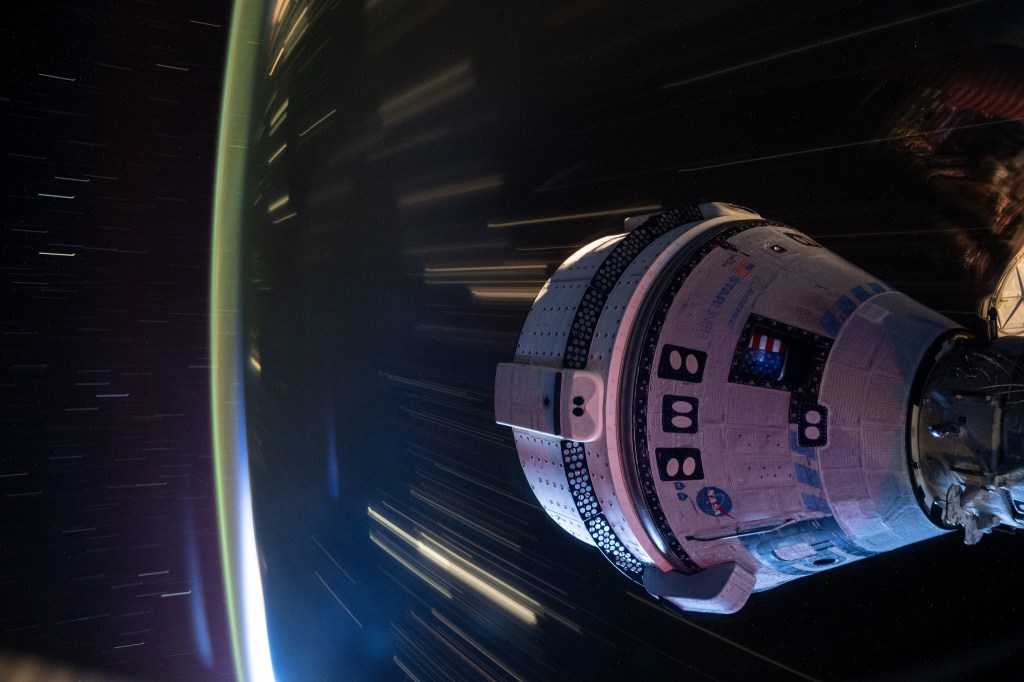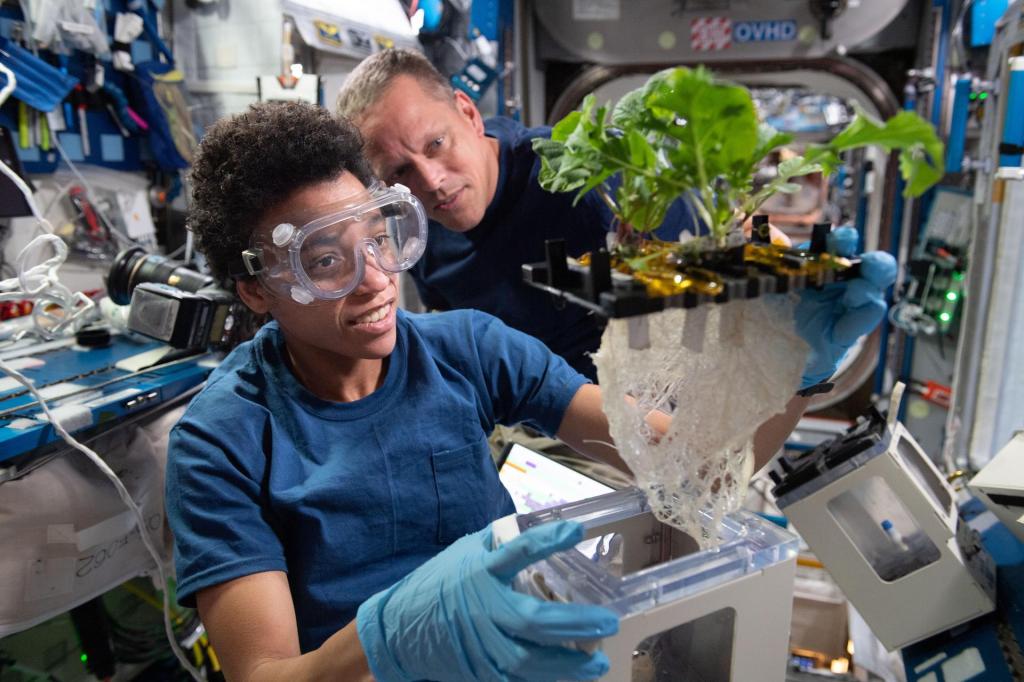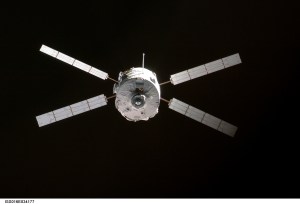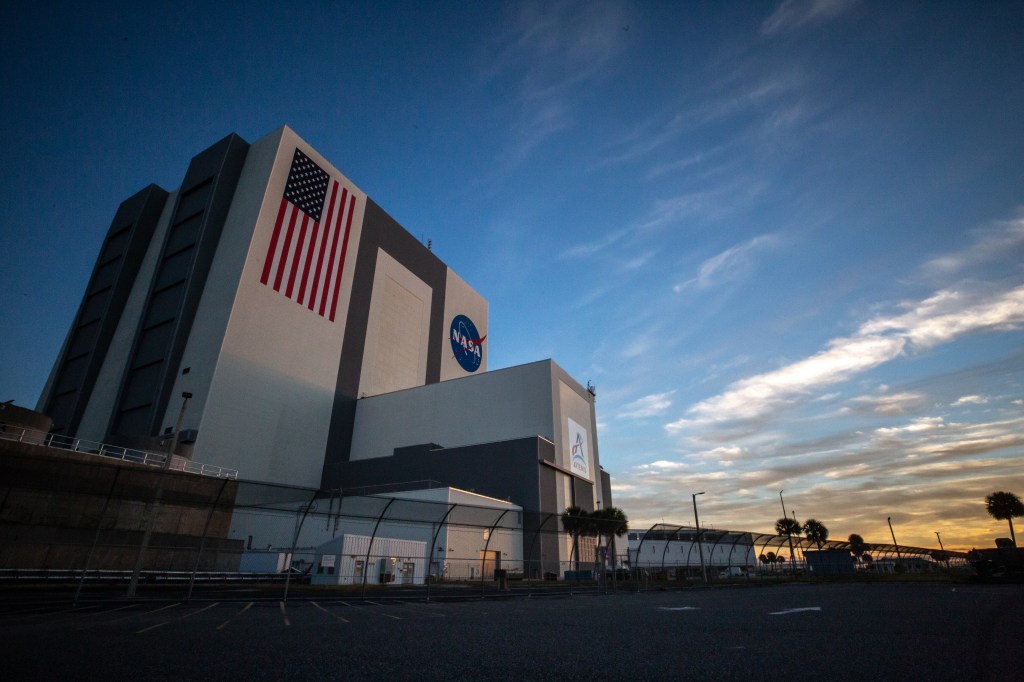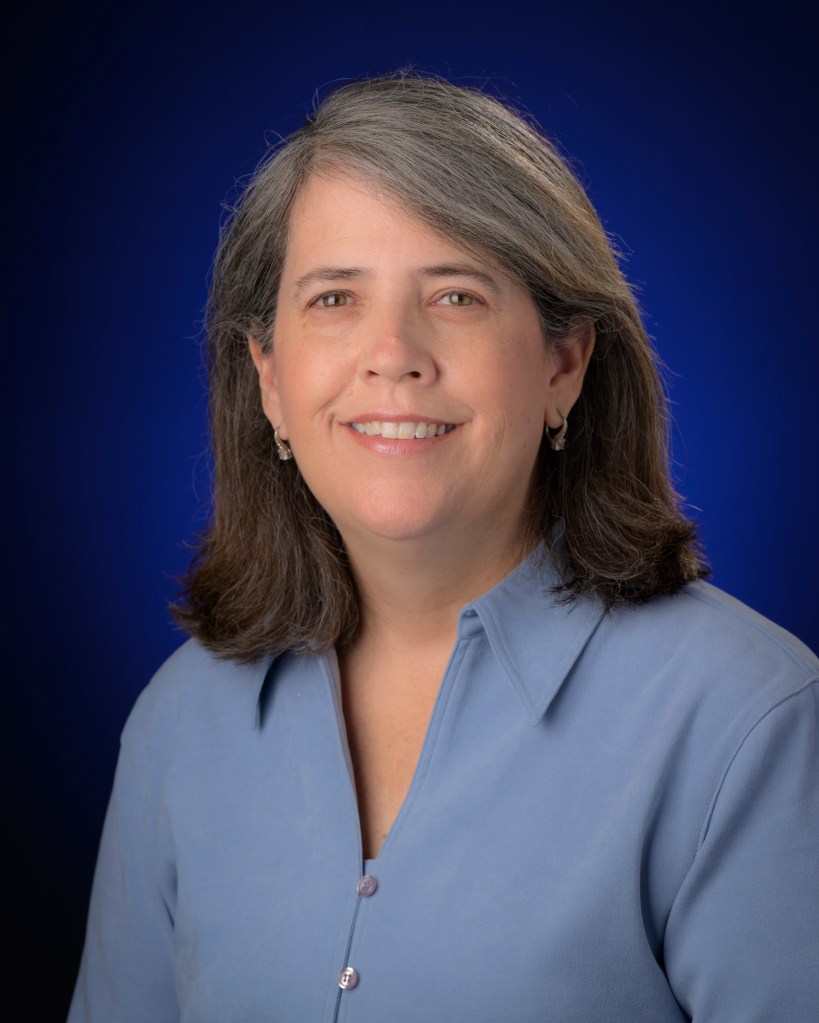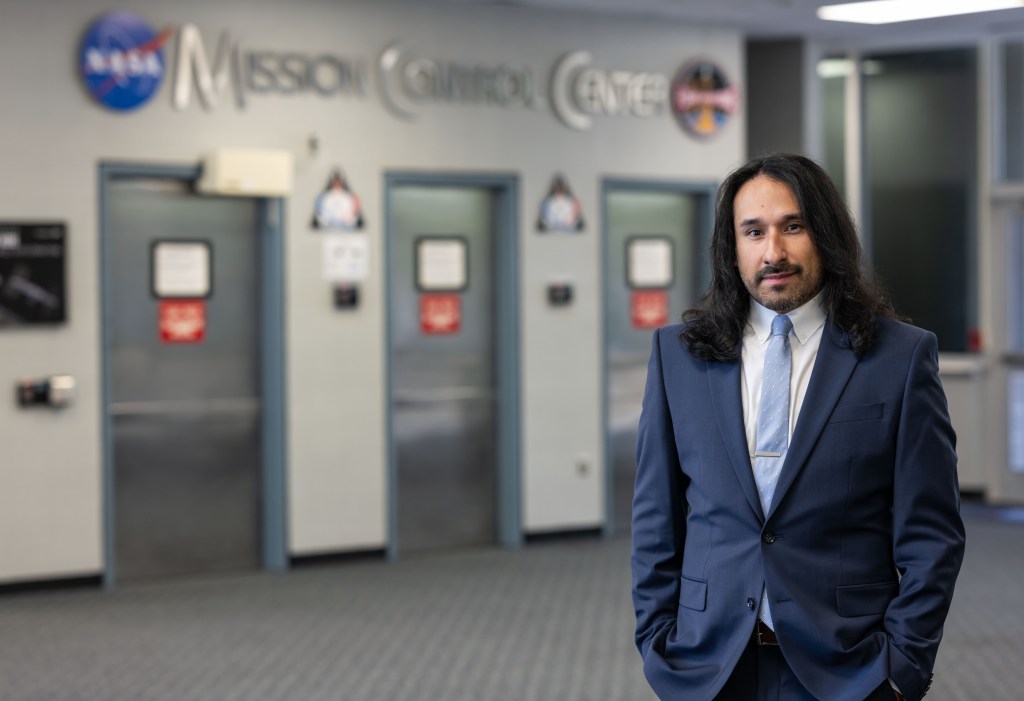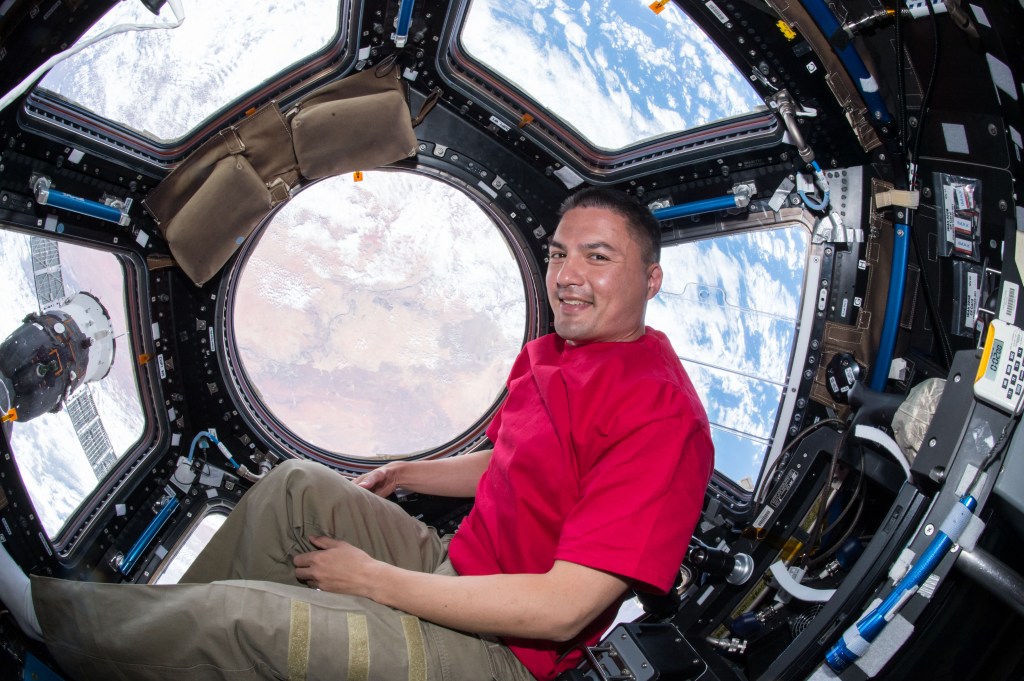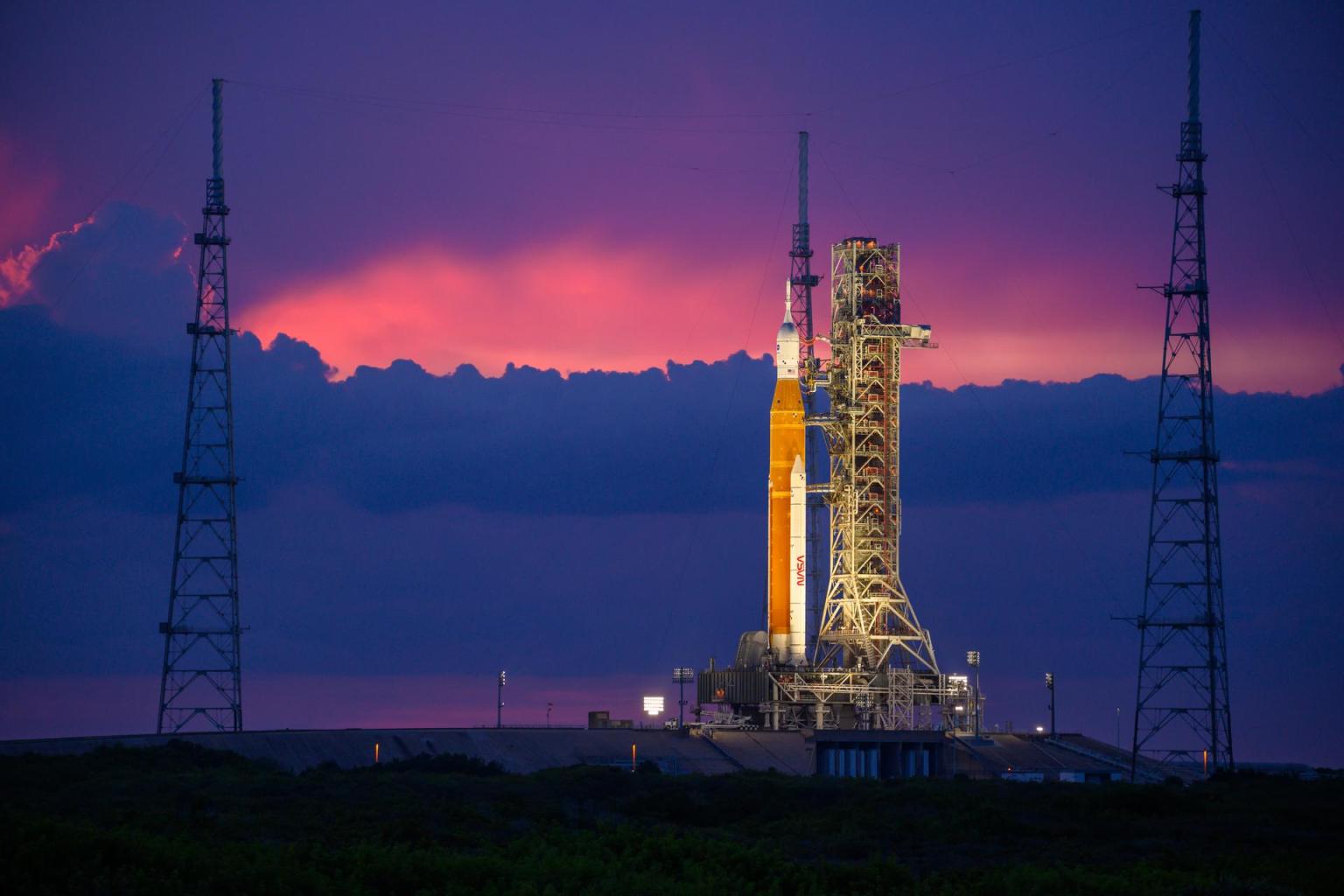


Space Operations Mission Directorate
The Space Operations Mission Directorate maintains a continuous human presence in space for the benefit of people on Earth. The programs within the directorate are the heart of NASA’s space exploration efforts, enabling Artemis, commercial space, science, and other agency missions through communication, launch services, research capabilities, and crew support.
Our Vision
The Space Operations Mission Directorate is opening space to more people, science, and commercial opportunities, and ensuring humanity’s long-term presence in space.
Learn More about Our Vision
Areas of Focus
The programs within the directorate are the heart of NASA’s space exploration efforts, enabling Artemis, commercial space, science, and other agency missions through communication, launch services, research capabilities, and crew support.

Commercial Crew Program
NASA’s Commercial Crew Program is delivering on its goal of safe, reliable, and cost-effective human transportation to and from the International Space Station from the United States through a partnership with American private industry.
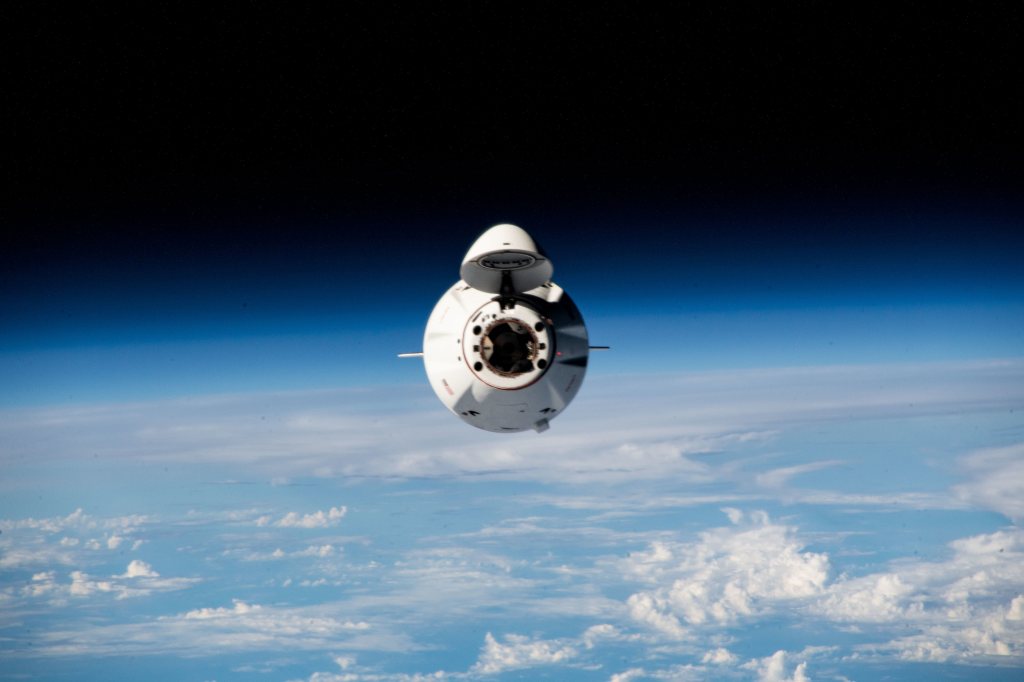
Commercial Low Earth Orbit Program
NASA continues to enable the growth of commercial space age through public-private partnerships. Building on the success of cargo and crew, NASA is working with industry on commercially owned and operated space stations.

Human Research Program
NASA’s Human Research Program harnesses the International Space Station to carry out science experiments that show how the human body changes in space. Results of the investigations will help carry astronauts on future missions to the Moon, Mars, and beyond.

International Space Station
For more than 22 years, humans have lived and worked on humanity's home in low Earth orbit. The International Space Station Program brings together international flight crews, multiple rockets and spacecraft, global facilities, communications networks, and the international research community.

Launch Services Program
NASA’s Launch Services Program is responsible for launching uncrewed rockets delivering spacecraft that observe the Earth, visit other planets and explore the universe – from weather satellites to telescopes to Mars rovers and more.

Rocket Propulsion Test Program
NASA’s Rocket Propulsion Test Program Office provides the program management structure necessary to optimize use of NASA’s chemical rocket propulsion test assets while ensuring an agency core capability for all aspects of chemical rocket propulsion testing is maintained.

Space Communications and Navigation Program
NASA’s Space Communications and Navigation program serves as the program office for all of NASA’s space communications operations. Over 100 missions rely on SCaN’s two networks, the Near Space Network and the Deep Space Network.
Humans in Space
Every day since Nov. 2, 2000, people have been orbiting our planet inside the International Space Station, bringing together science, technology and human innovation to enable new technologies and research breakthroughs not possible on Earth. NASA is working with its commercial and international partners to maintain humanity’s presence in space and extended that work beyond low Earth orbit to the Moon in preparation for Mars exploration as part of Artemis.
Learn More about Humans in Space
Space Operations Leadership
Space Operations Mission Directorate Leadership Team
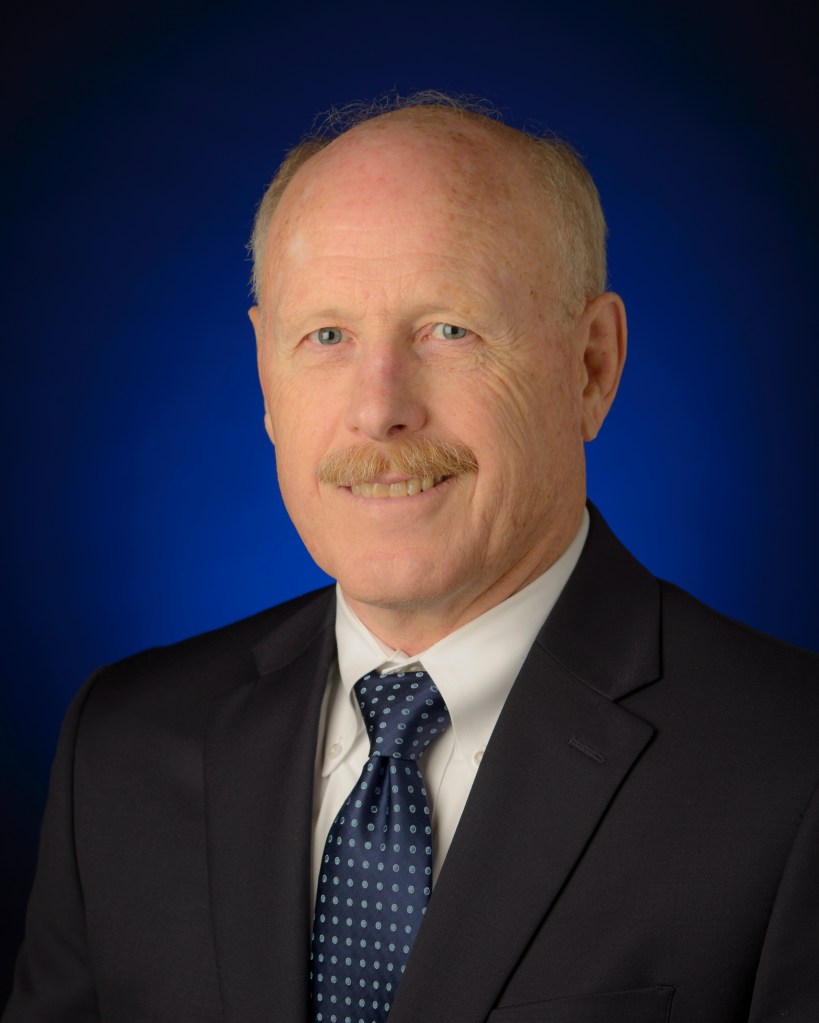



Kevin Coggins
Deputy Associate Administrator and Program Manager, Space Communications and Navigation


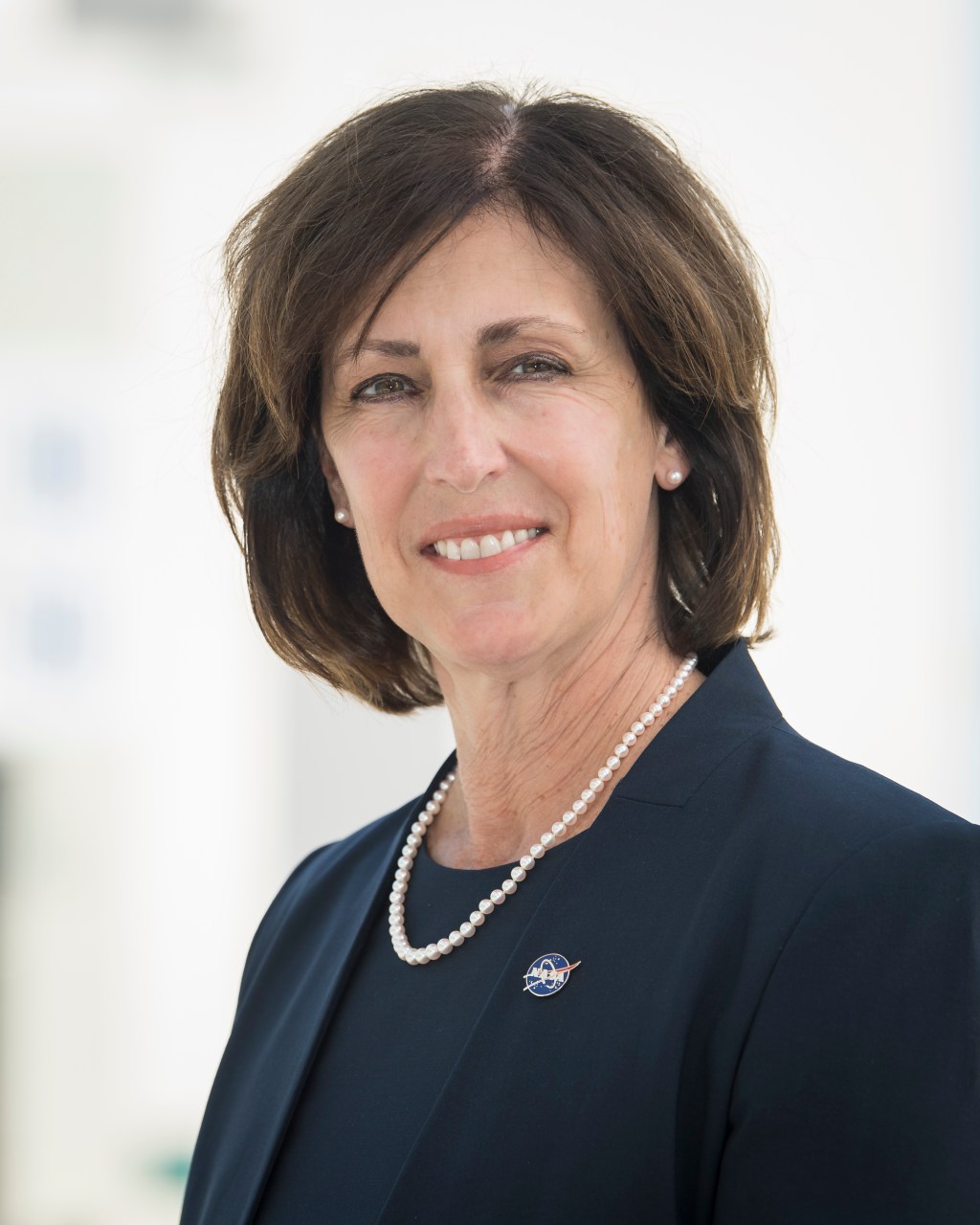


Benjamin Alvin Drew
Director of the Cross-Directorate Technical Integration Office for Space Operations


Diana K. Oglesby
Director of the Strategic Integration and Management Division for Space Operations
15 Ways the International Space Station Benefits Humanity Back on Earth
The first decade of the International Space Station was the decade of construction. The second decade moved from initial studies…
Read the Story
Space Operations Mission Directorate
America’s Future: Commercial Space Destinations
As NASA transitions from the space station and sets its sights on the Moon, America will maintain leadership in low Earth orbit by enabling a new generation of commercial partnerships…
Learn MoreSpace Flight Awareness
The mission of Space Flight Awareness is to ensure that each and every employee involved in human space flight is aware of the importance of their role in promoting astronaut safety and mission success.
Learn More about Space Flight Awareness
NASA Space Operations Centers
Explore the NASA Space Operations centers.
Meet the Space Operations Team
Experiments to Unlock How Human Bodies React to Long Space Journeys
Through Artemis, NASA astronauts are returning to the Moon in preparation for one day going to Mars. To better prepare astronauts…
Read the Story
Explore More
Stay up-to-date with the latest content from the Space Operations Mission Directorate.

NASA and Boeing will host a news conference with mission leadership at 11:30 a.m. EDT Thursday, July 25, to provide…

Leadership from NASA and Boeing will participate in a media teleconference at 11:30 a.m. EDT Thursday, July 25, to provide…

Editor’s Note: This advisory was updated on July 25, 2024, to reflect changes in participation during the 12 p.m. EDT briefing…

Media accreditation now is open for the launch of NASA’s ninth rotational mission of a SpaceX Falcon 9 rocket and…

NASA is planning for the future in low Earth orbit for science, research, and commercial opportunities as the agency and…

As part of the Biden Cancer Moonshot, NASA will virtually host an event at 2 p.m. EDT Thursday, July 11,…


























